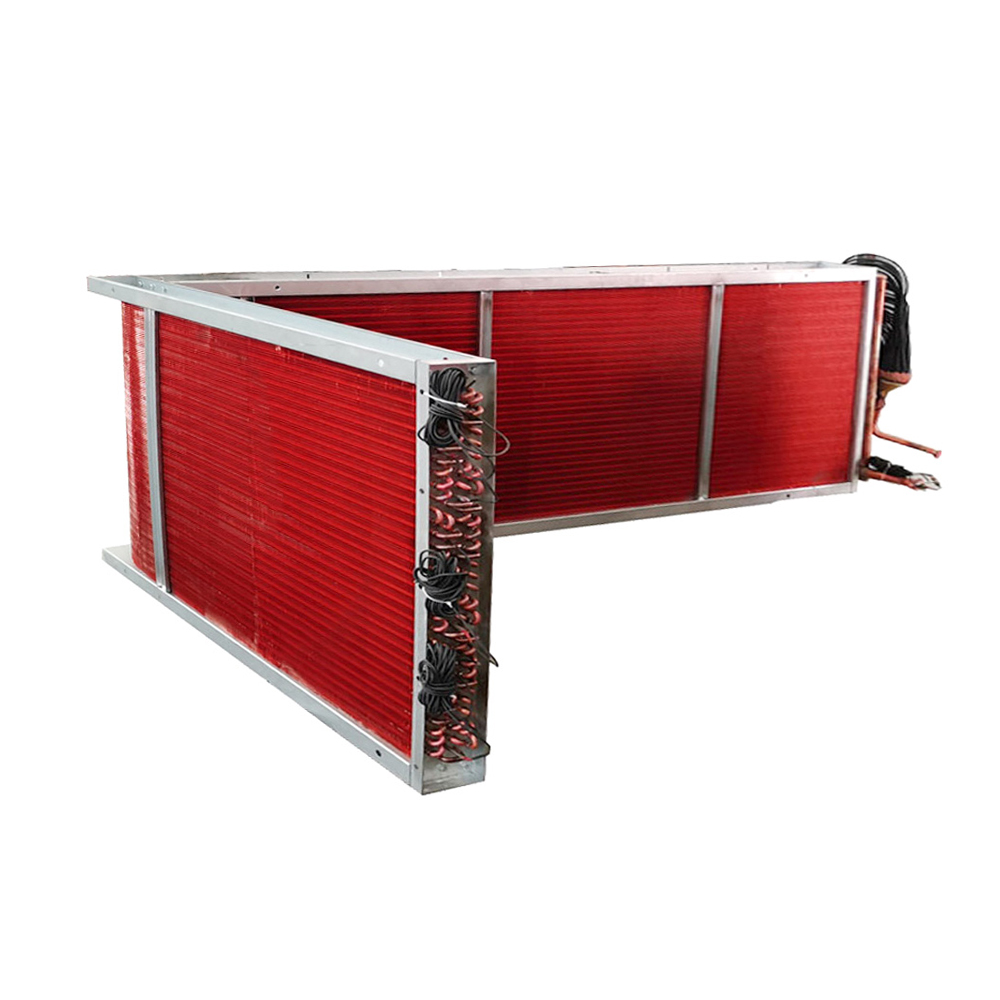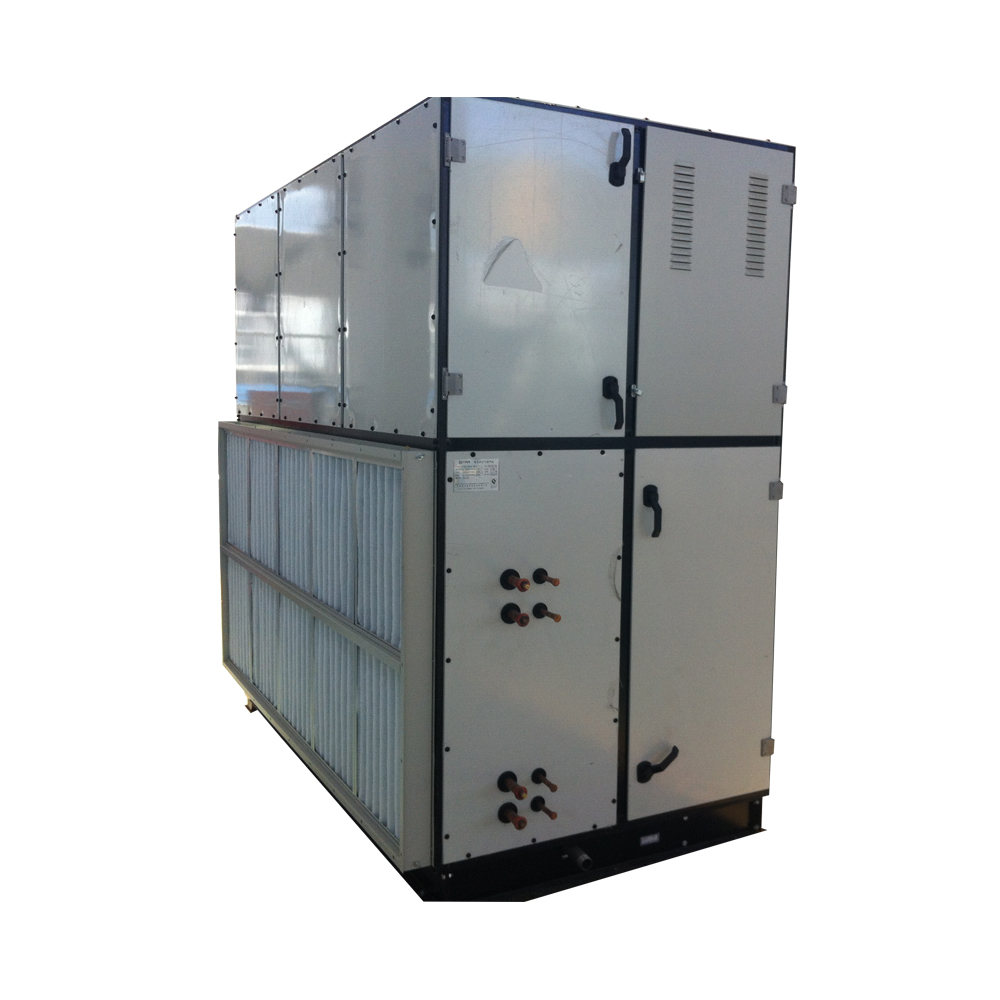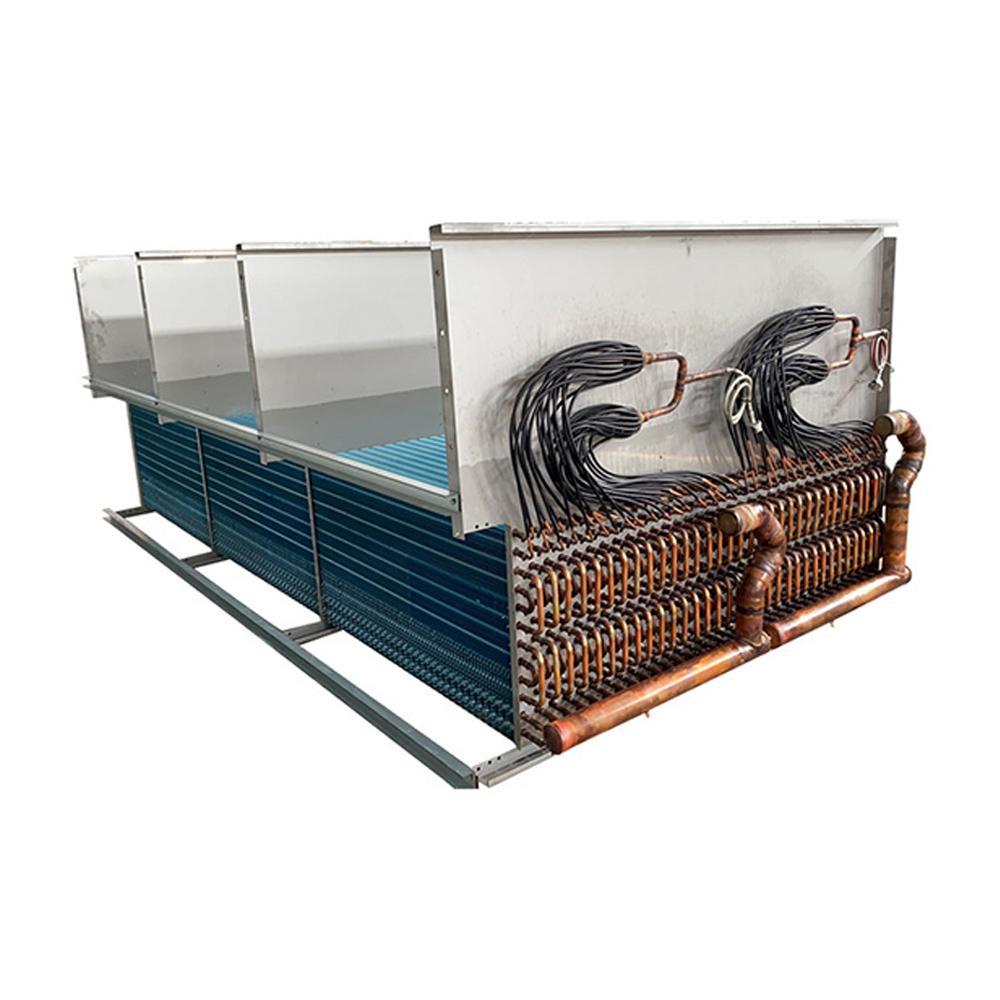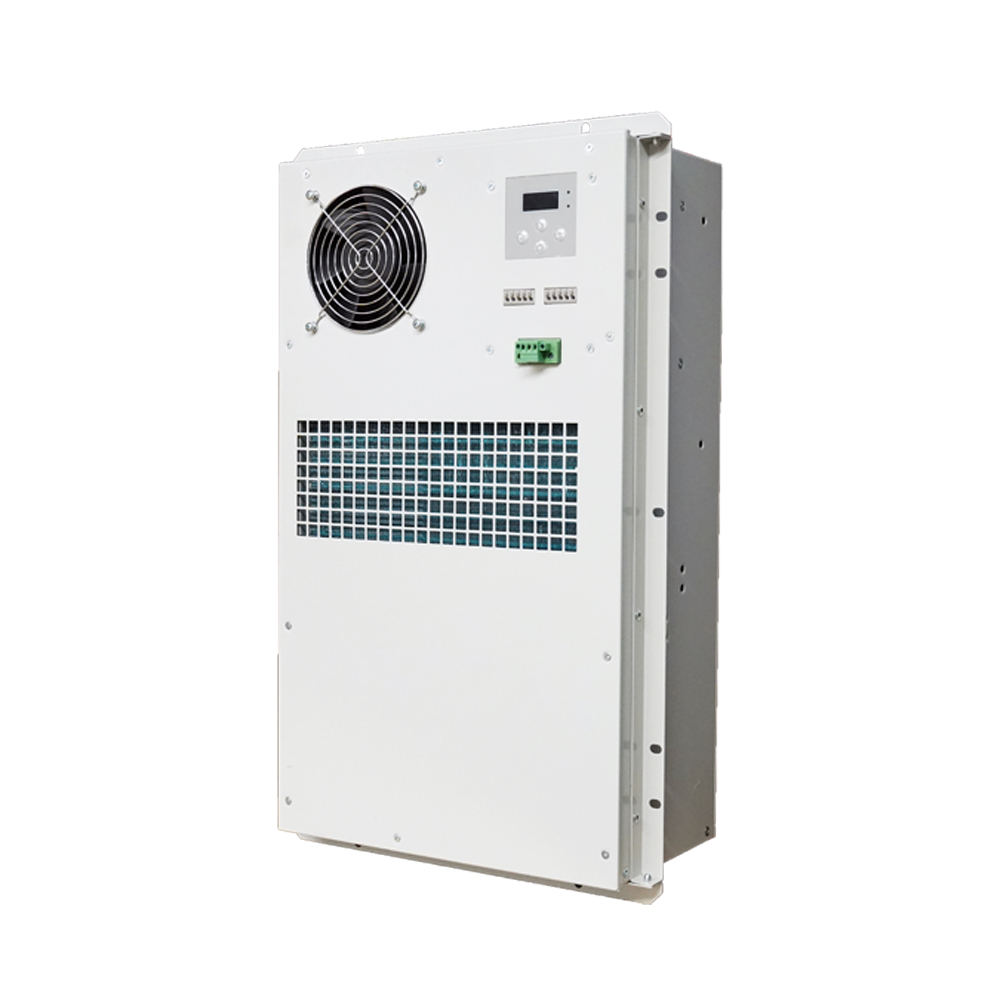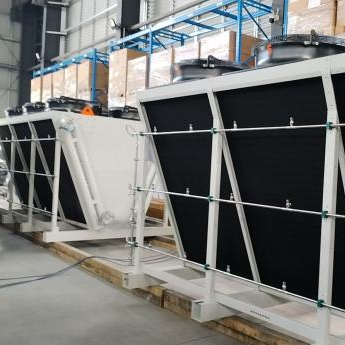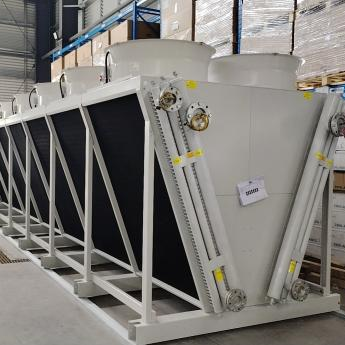Drycoolers have become a pivotal element in sustainable industrial practices. As environmental concerns mount, industries are increasingly drawn to solutions like these for efficient and eco-friendly cooling. Yet, misconceptions persist about their application and benefits.
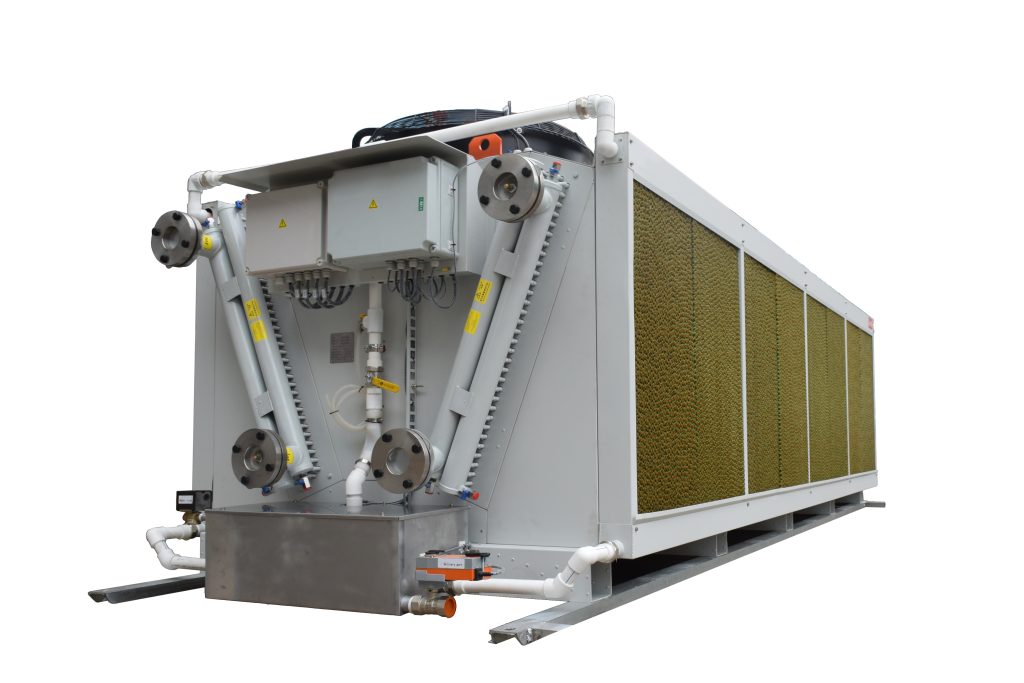
Understanding Drycoolers in Practice
In many industrial settings, cooling needs are paramount. Traditional cooling methods often use large amounts of water, raising both operational costs and environmental concerns. Here, drycoolers step in as a sustainable alternative. These systems use air and minimal water, making them much more resource-efficient.
Let me elaborate with a situation from my experience. A client in the manufacturing sector was battling high water usage with their conventional cooling system. After switching to drycoolers from SHENGLIN, they not only reduced their water consumption but also saw a noticeable drop in energy bills.
The principle is straightforward: by relying more on air for cooling, drycoolers offer a double advantage—cutting down on resource use while lowering emissions linked to energy production. This aligns perfectly with global sustainability goals, and it’s something that cannot be overstated in today’s industry landscape.
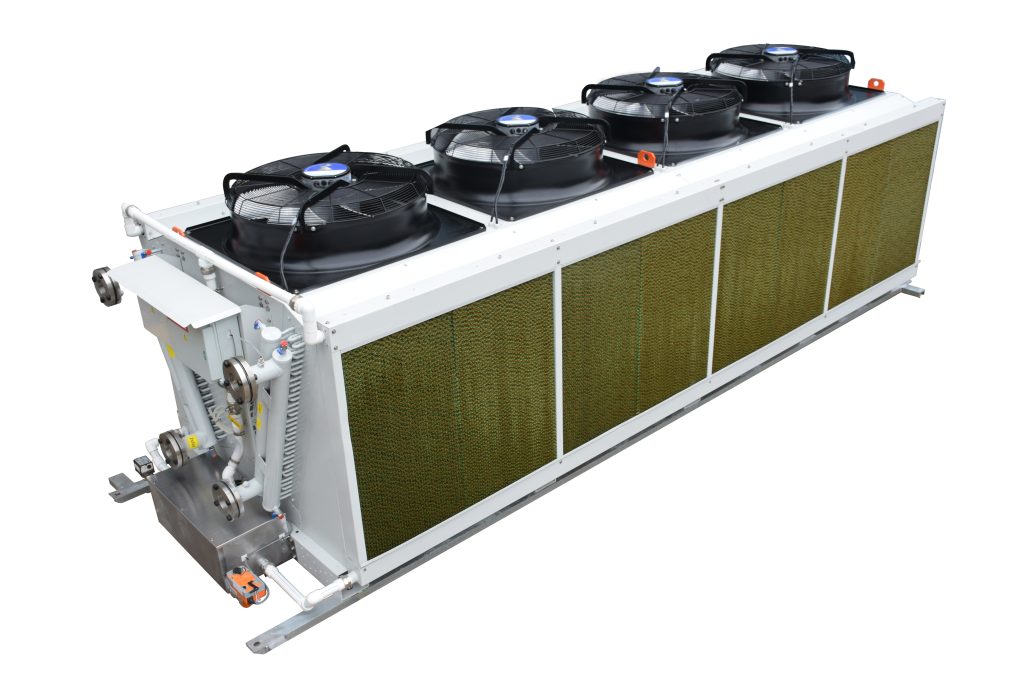
The Impact on Operational Efficiency
A common skepticism surrounding drycoolers is their capability in high-demand scenarios. Will they handle the heat, literally and figuratively? My practical encounters suggest they can, and quite effectively.
For instance, during a project with a chemical processing plant requiring consistent cooling for optimal operations, we integrated a customized drycooler system by SHENGLIN. Not only did it meet the demand, but it also operated with reduced maintenance downtime compared to their former cooling towers.
This operational efficiency isn’t just about performance. It translates to fewer disruptions, longer equipment life, and ultimately, substantial cost savings. When weighing sustainability, these factors are crucial.
Simplicity and Adaptation
One might wonder about the practicality of integrating drycoolers into existing systems. It’s a valid concern, especially for industries with established infrastructures. However, in my experience, they are remarkably adaptable.
At a construction site, the flexibility of drycoolers allowed for seamless integration into the existing framework without necessitating extensive alterations. This simplicity in adaptation not only saves time but significantly cuts down on initial implementation costs, a factor many overlook when considering return on investment.
The benefits go beyond ease of installation. These coolers are designed to perform efficiently under varied climate conditions, enhancing their versatility and application scope.
Addressing Industry Misconceptions
There’s often this perception that drycoolers are only suitable for milder environments. In reality, technological advancements have significantly expanded their capability range. This misconception persists partly due to outdated information and partly due to resistance to change.
While working with a textile producer in a hot, arid region, we proved drycoolers could function effectively even in high-temperature zones. The key was customizing the solution to fit environmental demands, something SHENGLIN excels at through its expertise in industrial cooling technologies.
Educating stakeholders about these nuances is vital. Industries need to be informed about how modern drycoolers can be tweaked and adjusted to meet specific operational needs without sacrificing sustainability.
Real-world Applications and Future Outlook
Let’s touch on real-world applications. I’ve seen drycoolers implemented not just in heavy industries but also in sectors like data centers, where cooling efficiency and sustainability are paramount. For example, SHENGLIN has successfully applied cutting-edge solutions in various sectors, underscoring their expertise.
The broader trend points to an increased adoption of such sustainable technologies. As environmental regulations tighten, industries are seeking ways to align operational practices with these requirements, and drycoolers play a central role.
This trend, I believe, will continue as both industries and governments push for greener practices. The challenge will be in customization and education—ensuring each system is tailored to its environment and users understand its full potential. Visit Shanghai SHENGLIN M&E Technology Co.,Ltd at ShenglinCoolers.com for more insights on these advancements.











